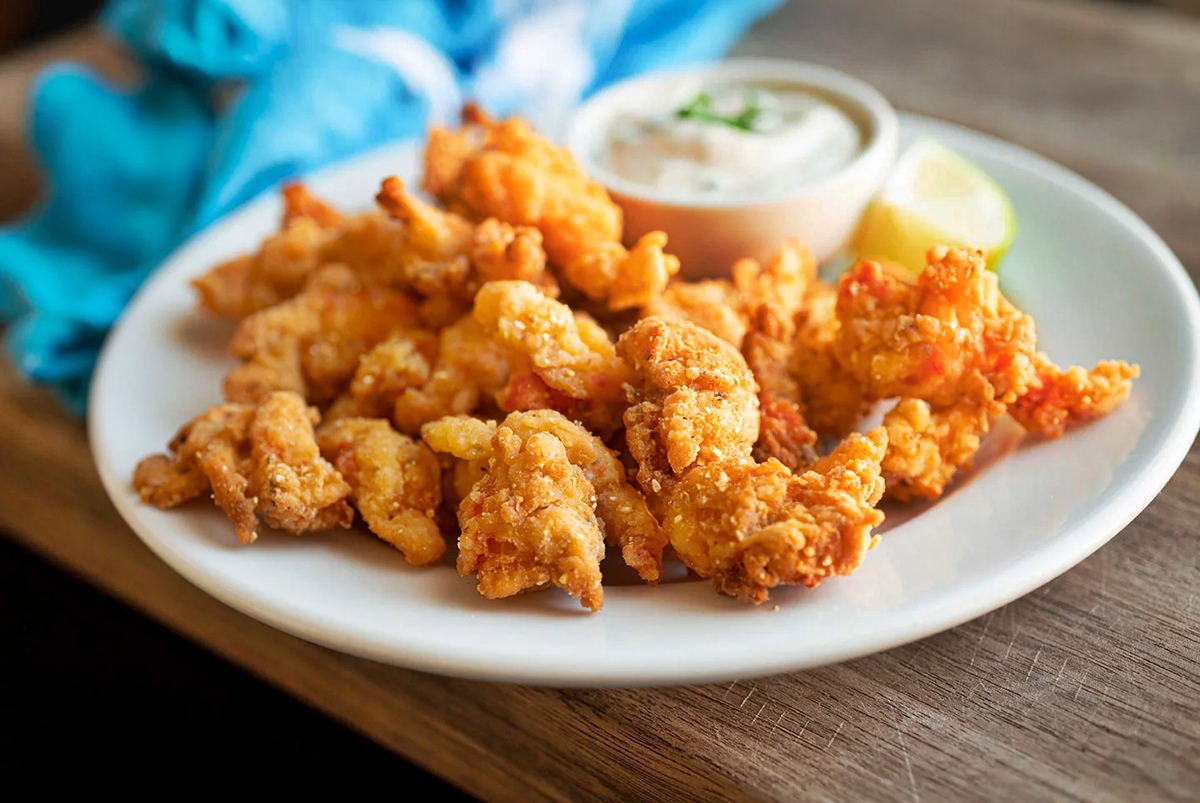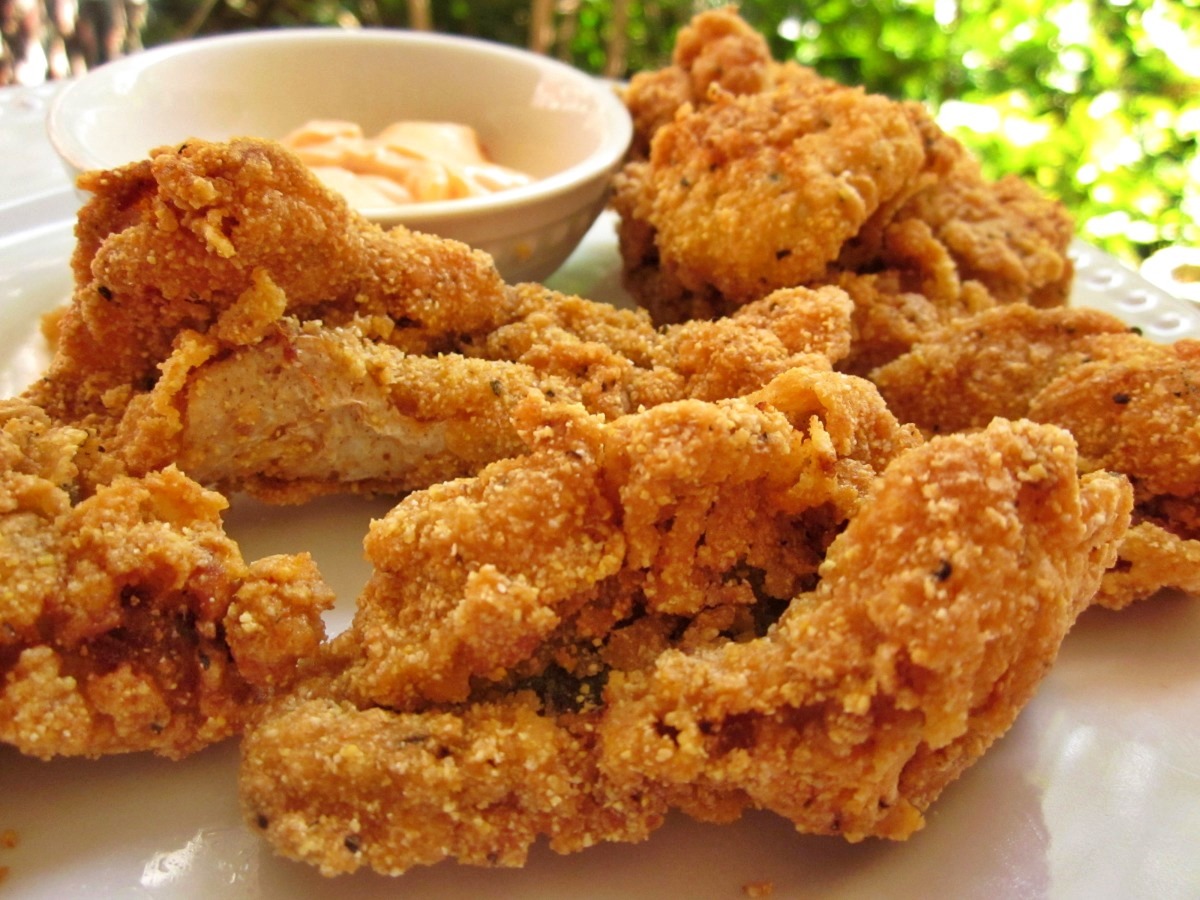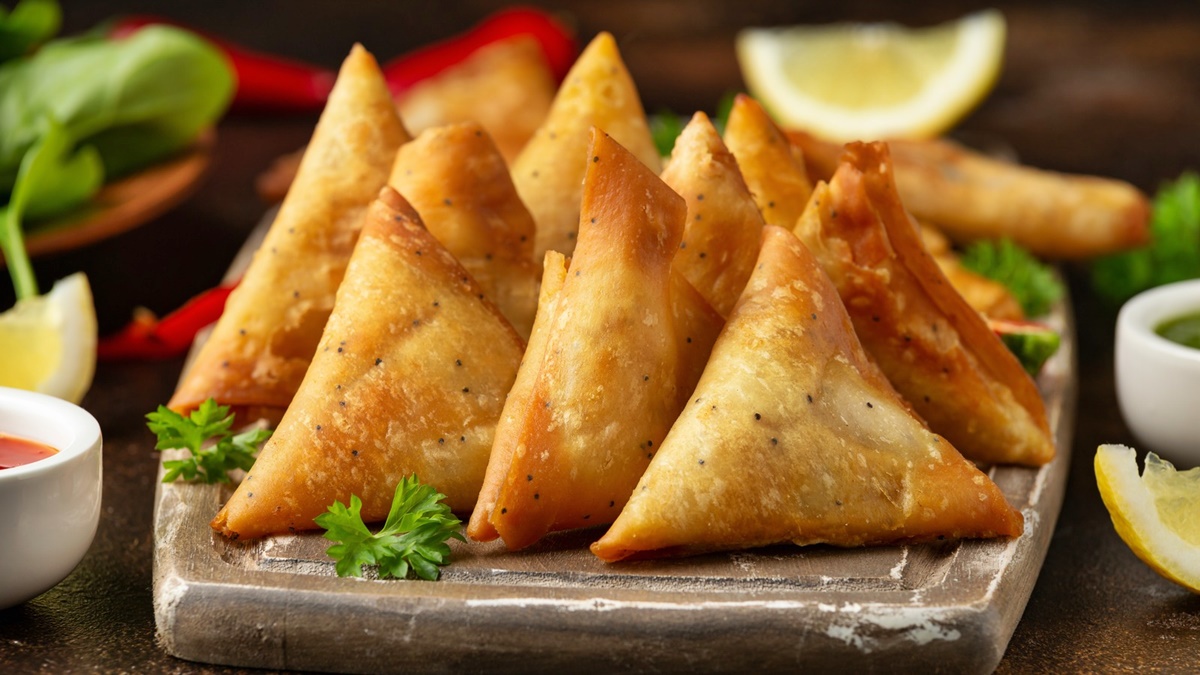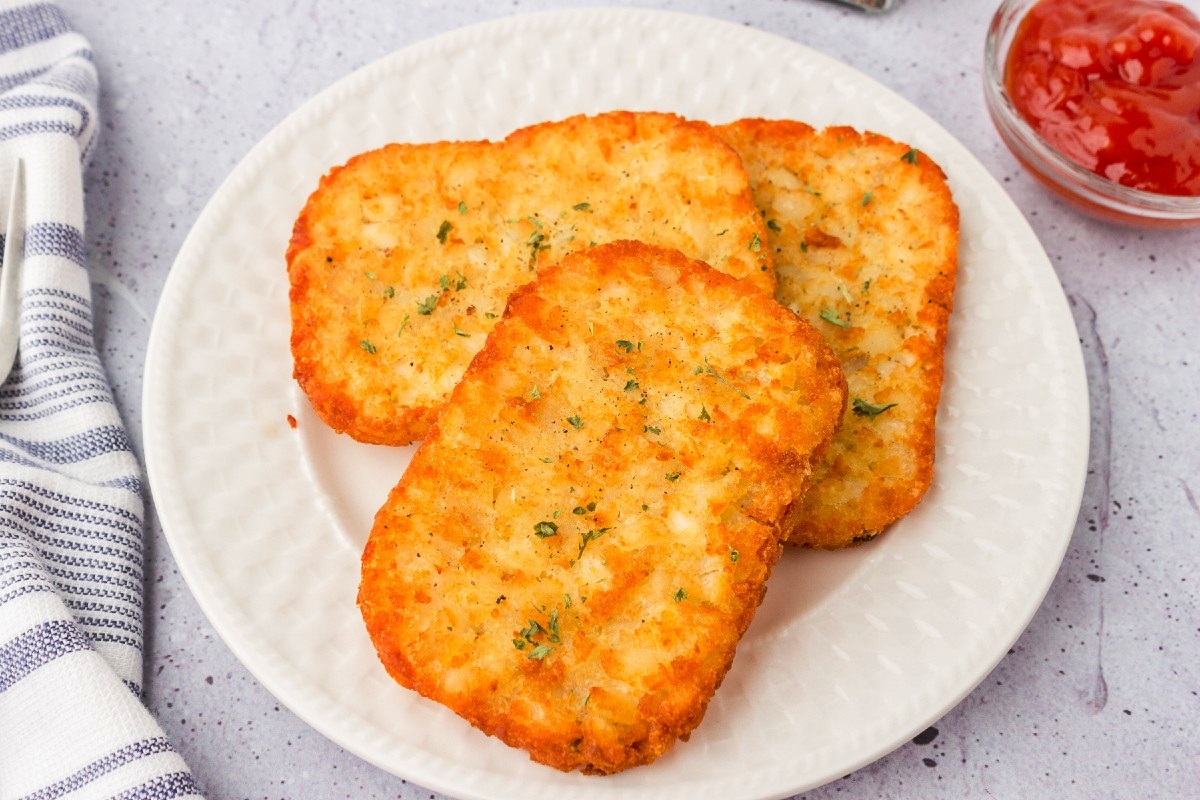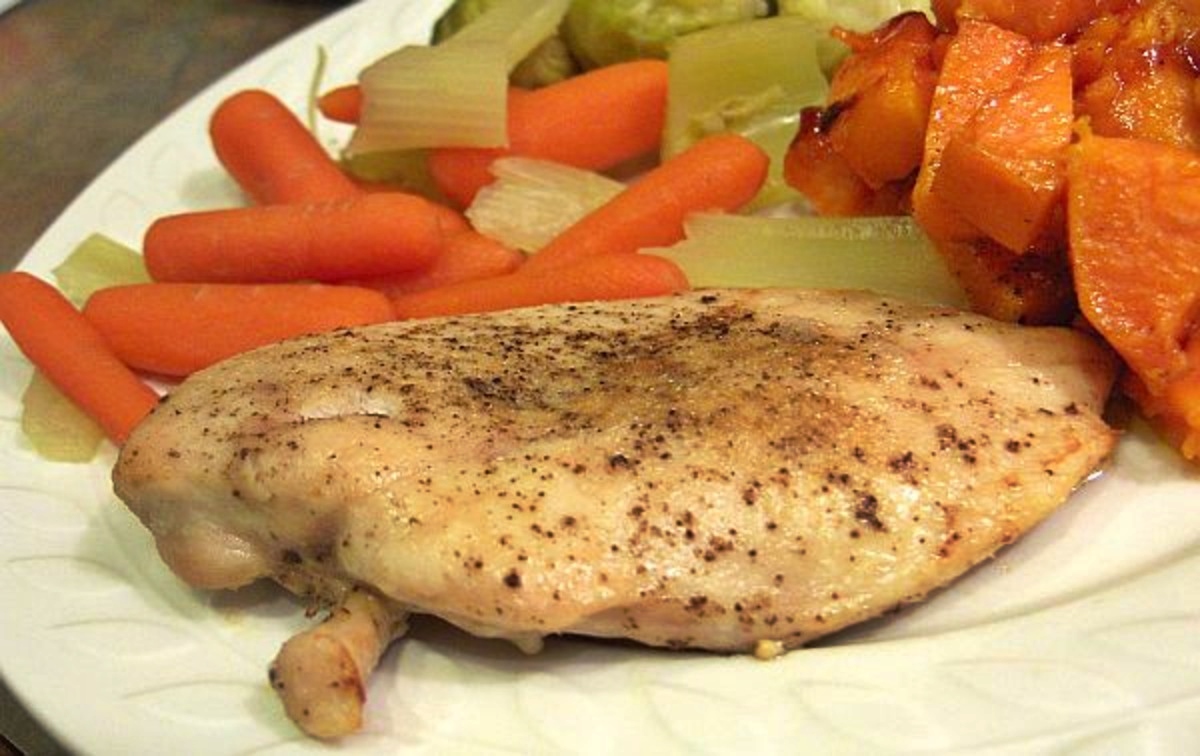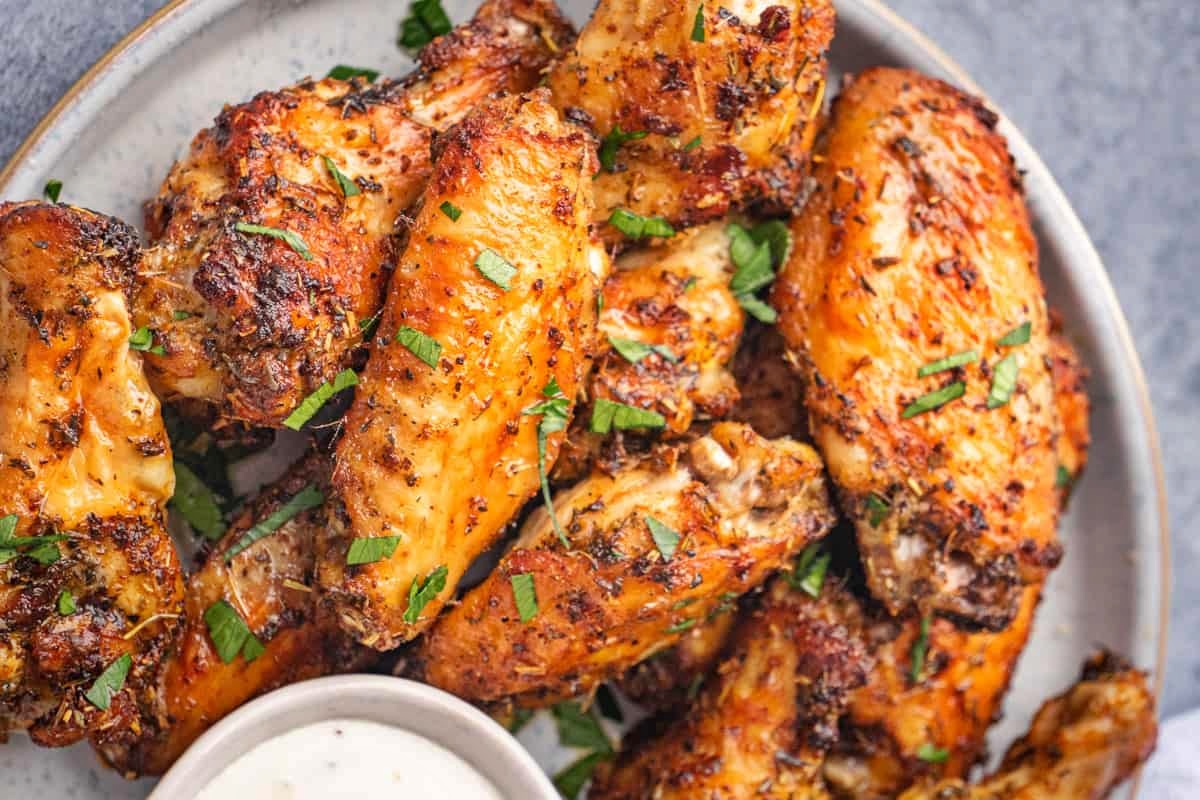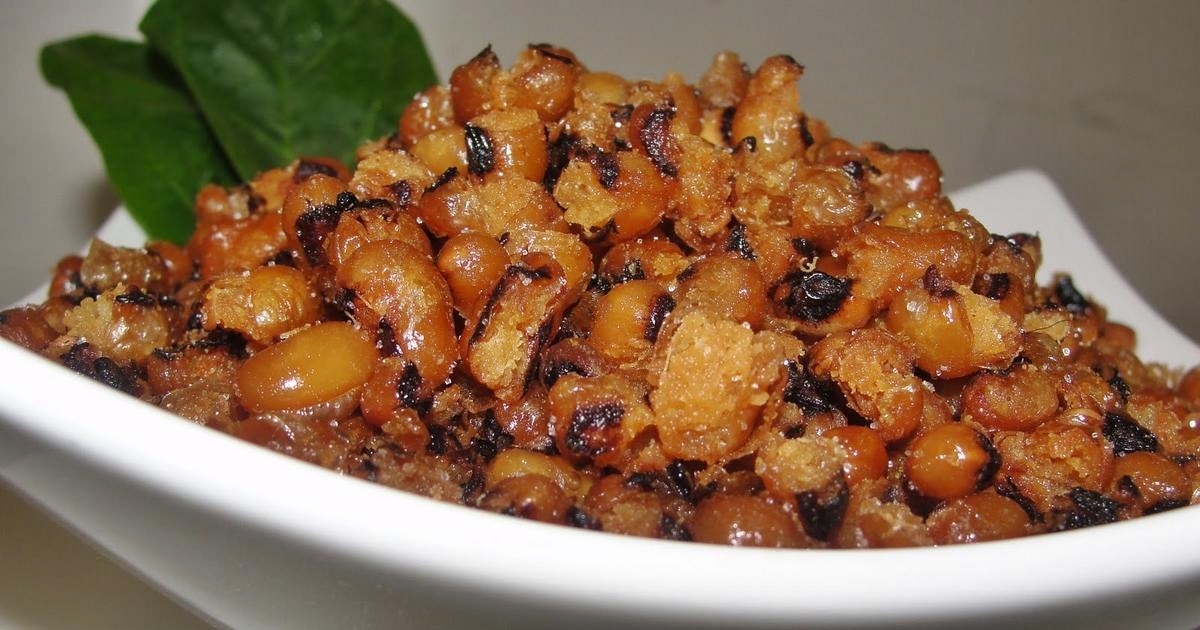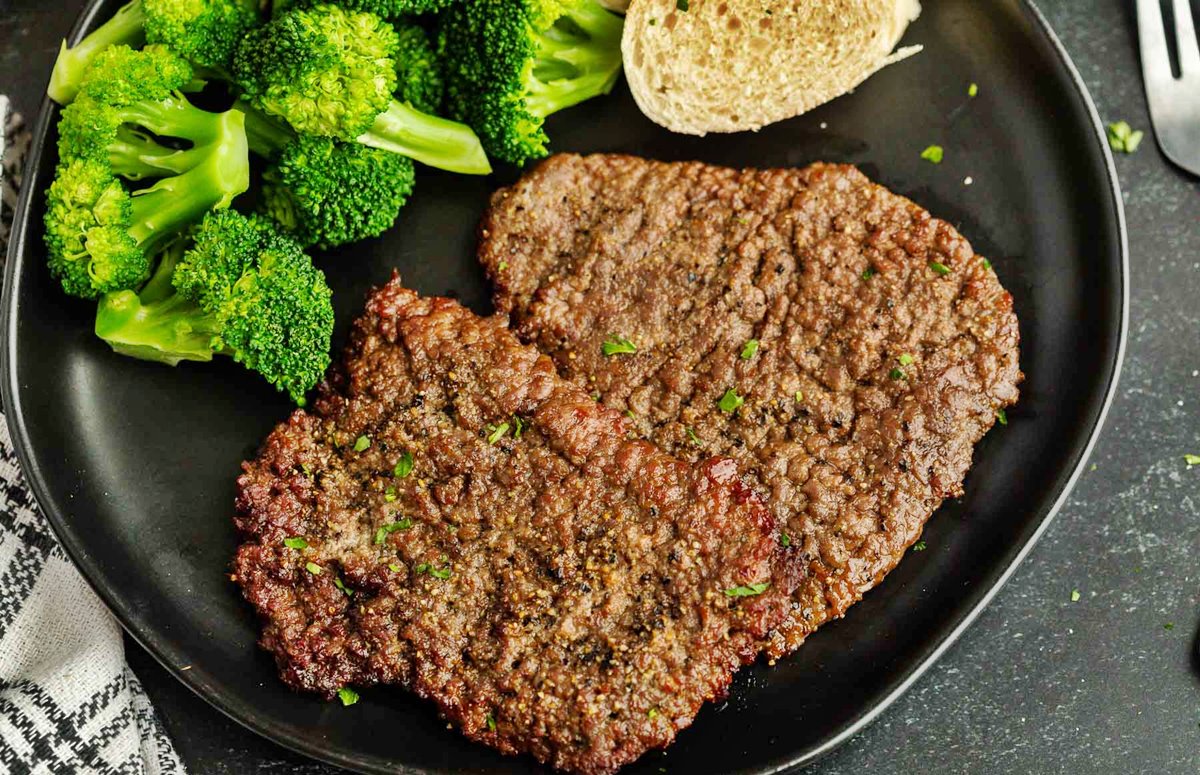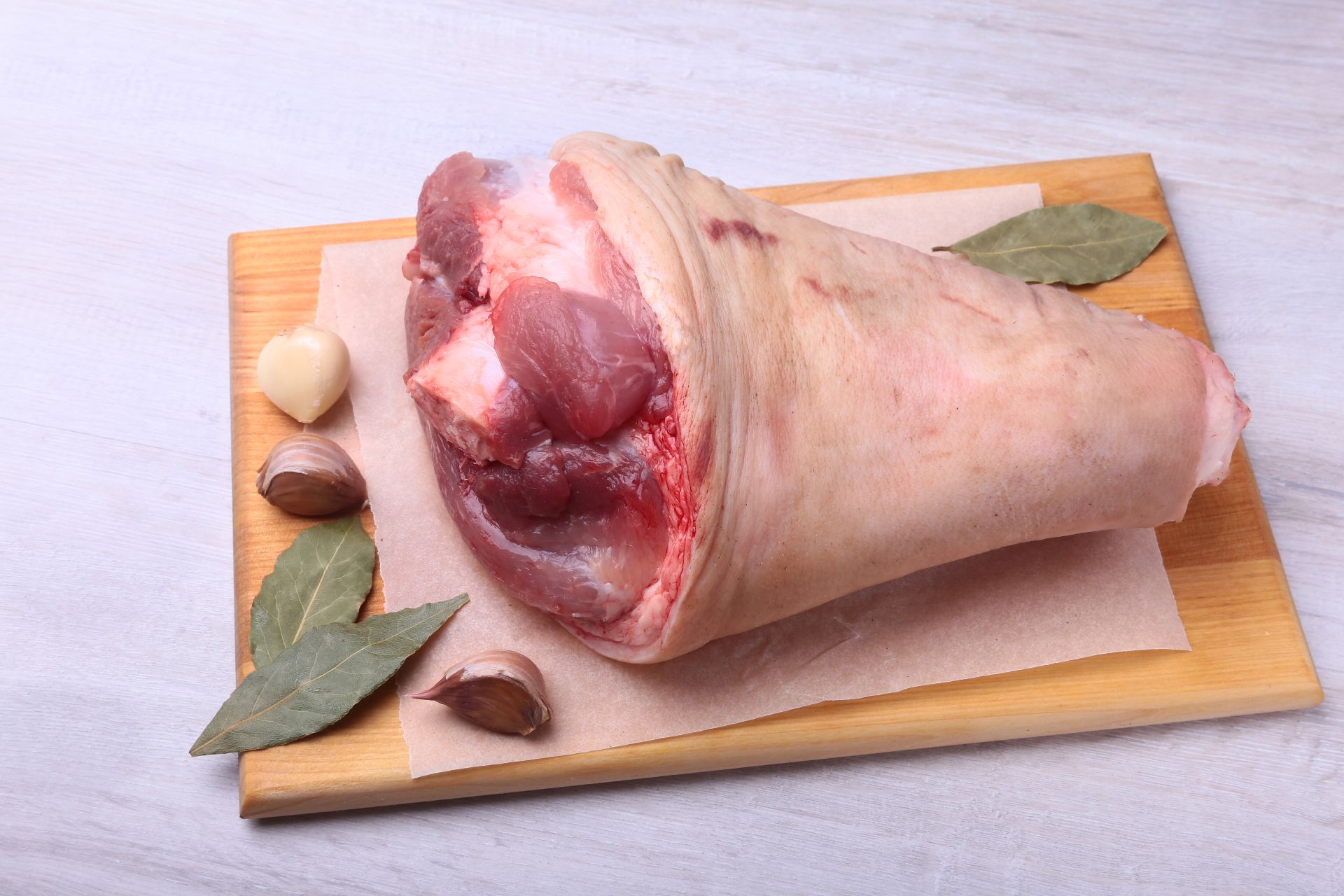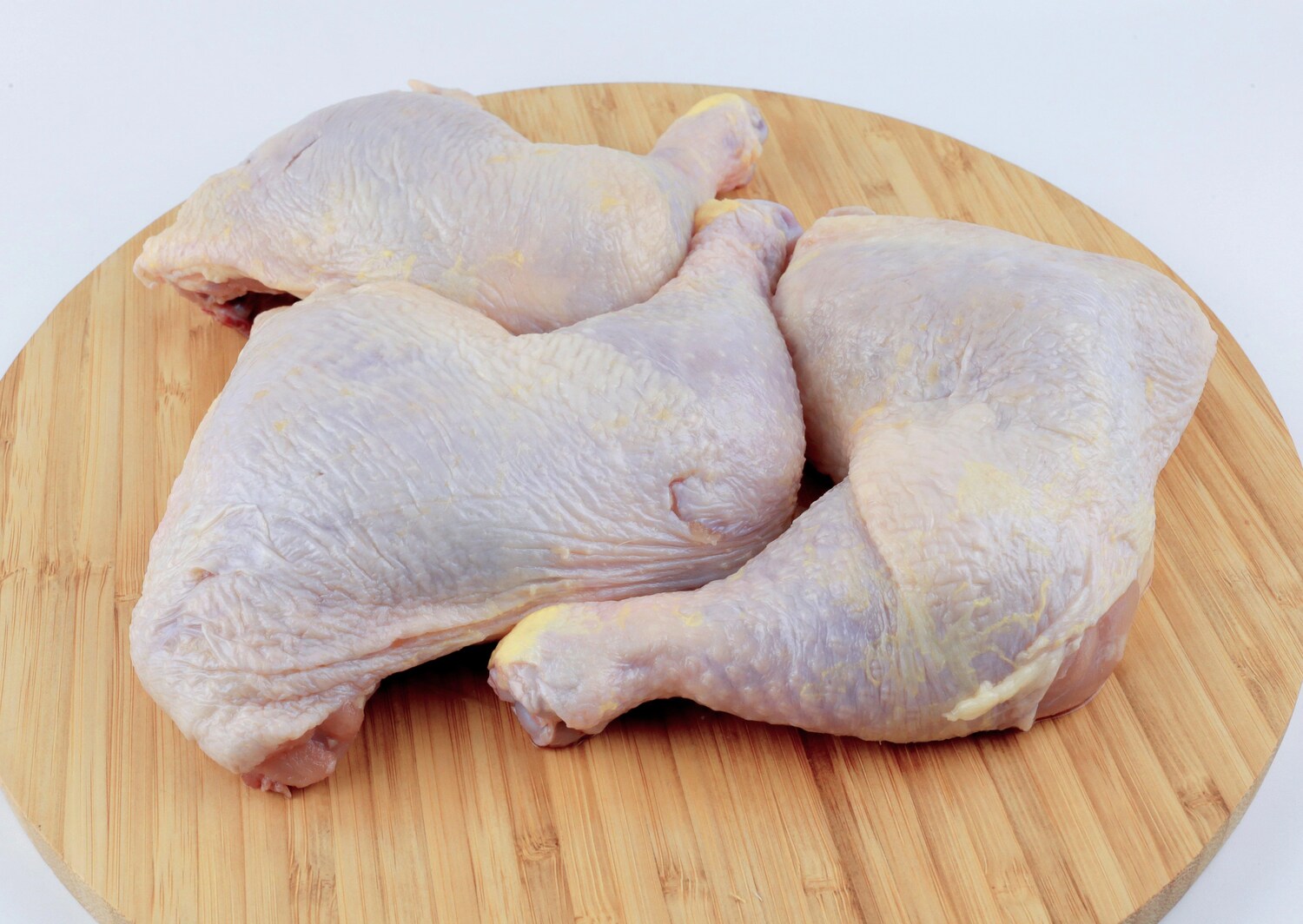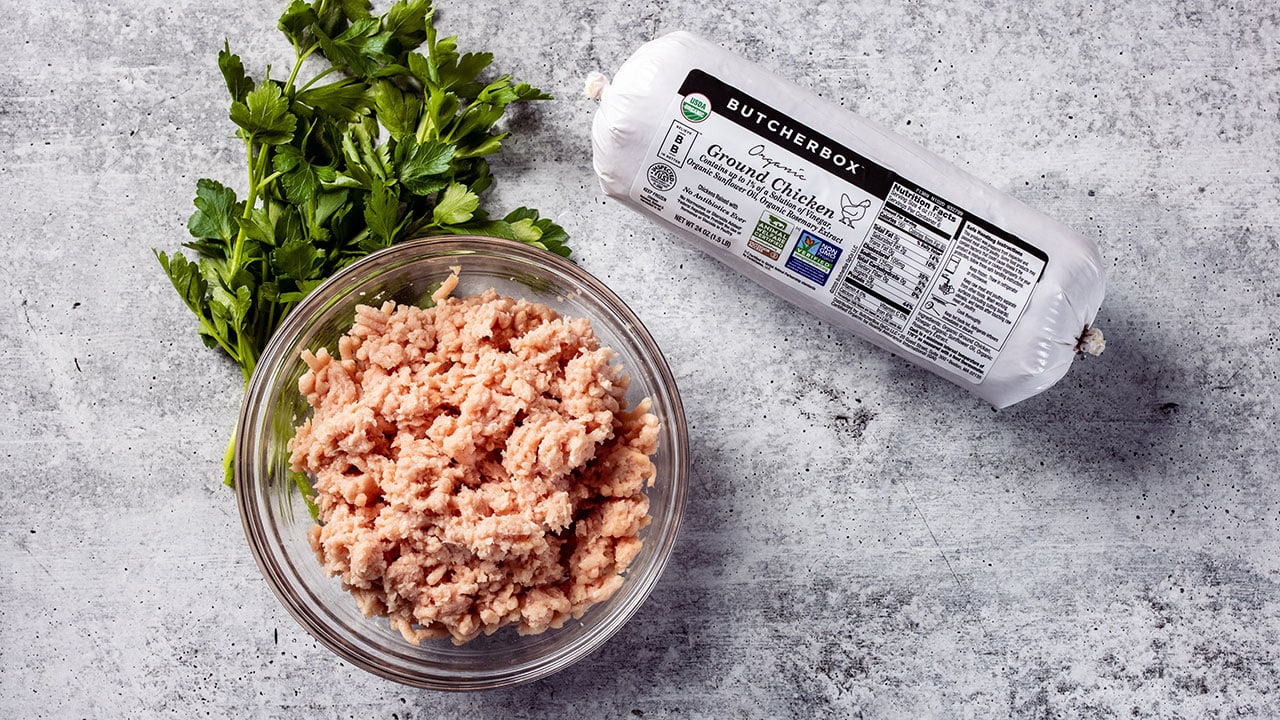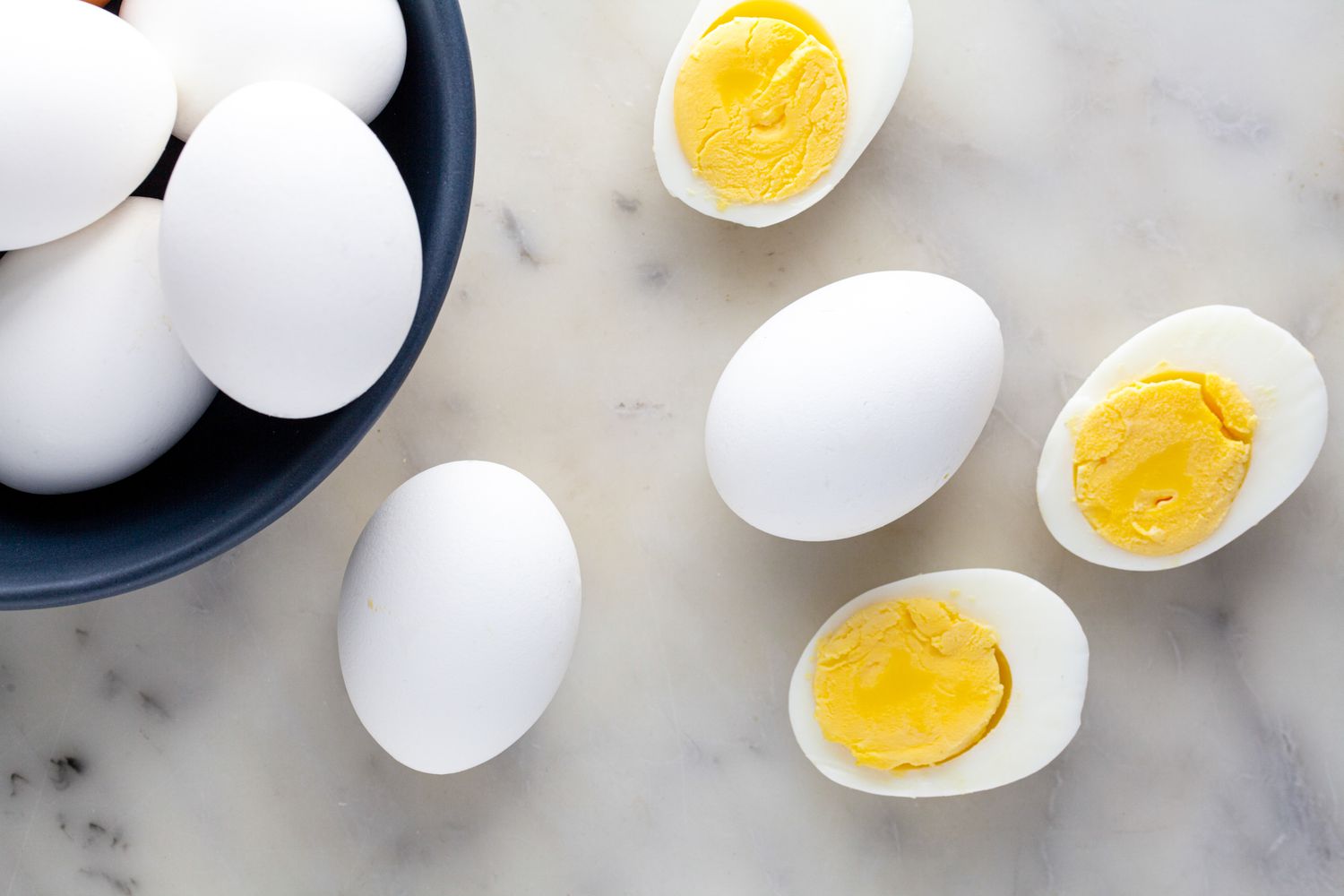How To Fry Egg Rolls In Vegetable Oil
Are you craving some delicious homemade egg rolls? Look no further, because we’ve got you covered! In this step-by-step guide, we will walk you through the process of frying egg rolls in vegetable oil. Get ready to impress your friends and family with this mouthwatering appetizer!
What You’ll Need:
- Egg roll wrappers
- Vegetable oil
- Filling of your choice (common examples include ground pork, shredded cabbage, carrot, and bean sprouts)
- Soy sauce or dipping sauce of your choice
- Deep-fry thermometer (optional)
- Slotted spoon or tongs
- Paper towels
Instructions:
- Prepare the filling: Start by cooking your desired filling ingredients in a skillet over medium heat. Make sure to season with salt, pepper, and any other desired spices. Once cooked, set the filling aside to cool.
- Wrap the egg rolls: Lay an egg roll wrapper on a clean surface. Spoon about 2 tablespoons of filling onto the wrapper, positioning it in a row in the center of the wrapper. Fold the sides of the wrapper tightly over the filling, then roll it up tightly from the bottom. Dab a bit of water on the top corner to seal the egg roll.
- Heat the vegetable oil: In a deep pot or skillet, pour enough vegetable oil to submerge the egg rolls. Heat the oil to around 350°F (175°C). If you have a deep-fry thermometer, use it to ensure the oil reaches the right temperature.
- Fry the egg rolls: Carefully place the wrapped egg rolls into the hot oil, seam-side down. Avoid overcrowding the pot to ensure even cooking. Fry for about 4-5 minutes, or until golden brown and crispy. Use a slotted spoon or tongs to carefully turn the egg rolls halfway through cooking.
- Drain and serve: Once the egg rolls are crispy and golden, remove them from the oil with a slotted spoon or tongs. Place them on a paper towel-lined plate to drain any excess oil.
- Serve and enjoy: Serve the fried egg rolls hot with your favorite dipping sauce or alongside a refreshing salad. Enjoy the crunchy exterior and flavorful filling!
Now that you know how to fry egg rolls in vegetable oil, you can unleash your culinary skills and create a satisfying appetizer for any occasion. Whether it’s a casual gathering or a special dinner, these homemade egg rolls are sure to be a hit. So, gather your ingredients, follow our easy instructions, and get ready to savor the crispy deliciousness of perfectly fried egg rolls! Bon appétit!
More Delicious Recipes to Try
Now that you've mastered frying egg rolls in vegetable oil, why not put your new skills to the test with a variety of recipes? From the savory Classic Pork and Cabbage Egg Rolls Recipe to the sweet delights of Sweet Apple Pie Egg Rolls Recipe, there's a dish for every palate. I recommend starting with the Greek Spinach and Feta Egg Rolls Recipe for a crispy, flavorful twist on a classic Mediterranean dish. Those looking for a burst of flavor might also enjoy the Spicy Kimchi Egg Rolls Recipe, which offers a delectable combination of textures and heat. Try these recipes out to impress at your next gathering or to spice up your meal routine.
Was this page helpful?
Read Next: How To Fry Frozen Egg Rolls
